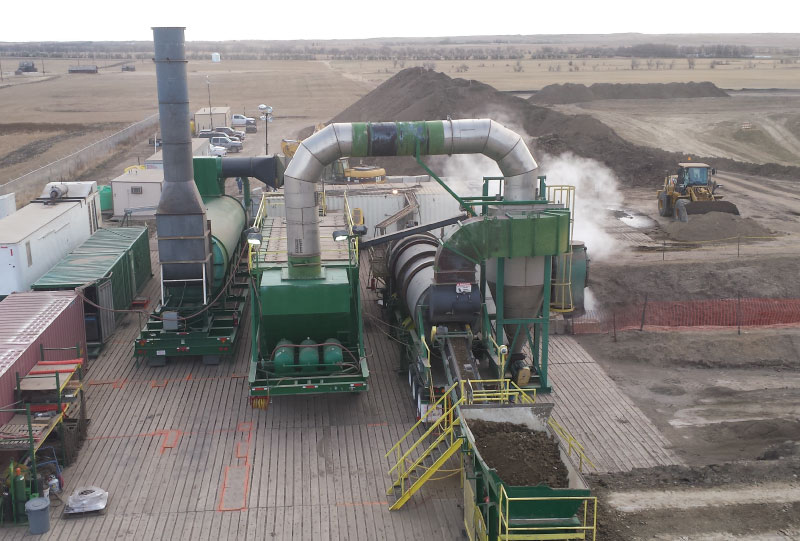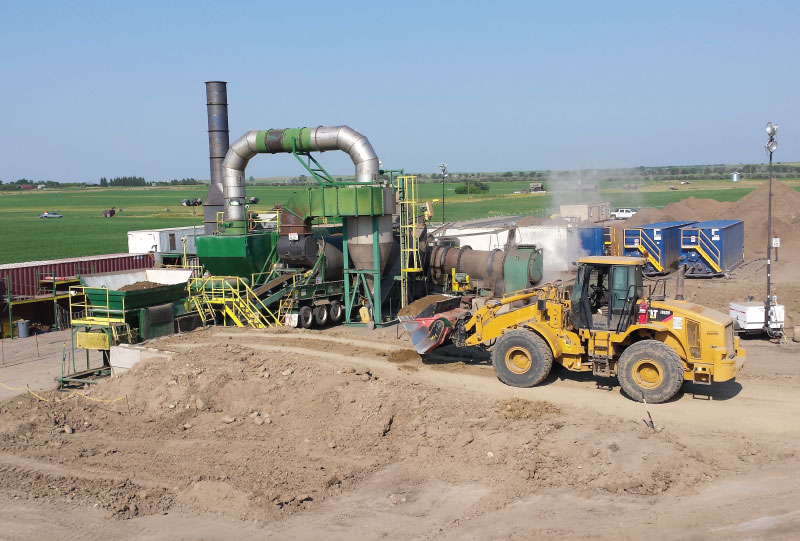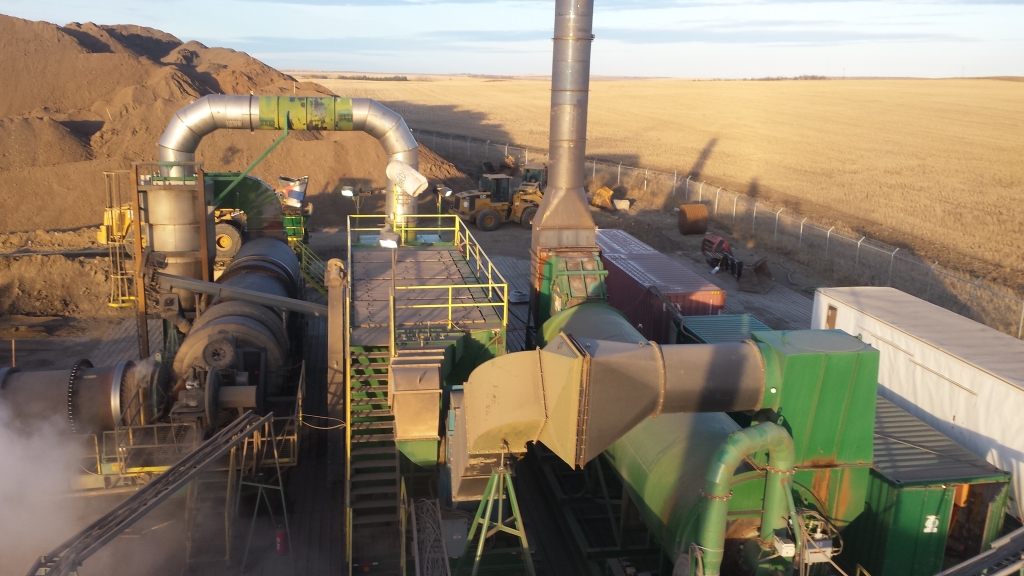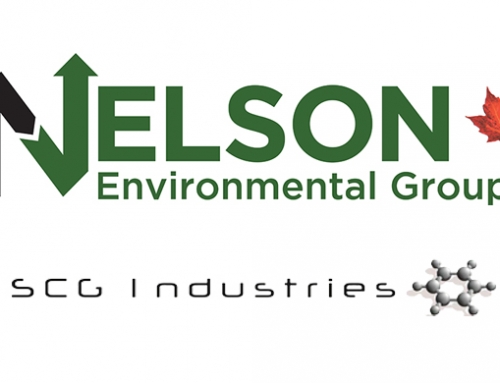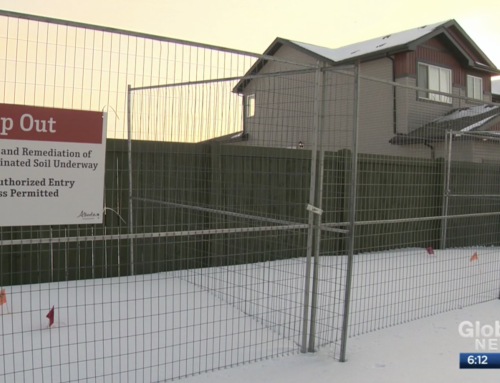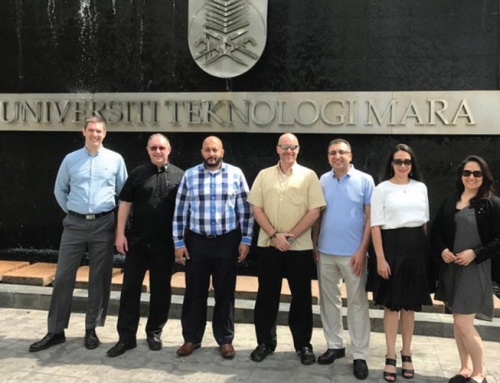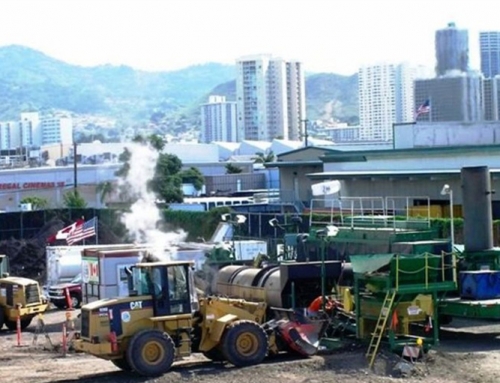By the end of July 2010, Nelson Environmental Remediation Ltd. completed its largest remediation project in the company’s history.
In October 2009, Nelson was hired by Canadian Natural Resources Ltd. (CNRL) out of Calgary to provide contracting service utilizing on-site, ex-situ low-temperature thermal desorption soil remediation technology at an oil and gas industry contaminated site near Edson.
The $5.5 million project was anticipated to be completed by July 2010 and was finished on that date.
The goal of the project was to treat the petroleum contaminated soil to below CCME petroleum hydrocarbon criteria using Nelson’s remediation technology and produce beneficial reuse at the completion of the project.
Setup began in early October 2009 with complete project commencement underway by late October 2009. By late February 2010, more than 25,000 tonnes of PHC-impacted soil had been excavated, prepared and thermally-treated, meeting cleanup criteria. By late May 2012, an additional 50,000 tonnes of PHC-impacted soil had been excavated and successfully treated.
The additional 25,000 tonnes of contaminated soil was discovered after an excavation and investigation. Nelson’s activities continued past commencement and the size of the project grew to over four times the initial estimate.
Nelson was able to complete the project in just more than two times the time frame of the initial estimate of treatment time vs. the final soil volume. The on-site thermal treatment of the soil was price competitive with the alternative of land-filling and eliminated the need for thousands of truckloads of soil destined to a landfill. Thermal treatment gave CNRL the advantage of having beneficial reuse on site, without the need to replace the excavation with imported clean fill.
The technology used to remediate the soil on site is known as low-temperature thermal desorption. The functional design of the system was to remediate soil contaminated with non-recycled distillate petroleum hydrocarbons including gasoline, jet fuel, diesel, polynuclear aromatic hydrocarbons, as well as solvents, by rapidly volatilizing these products from soil, then thermally destructing them in the oxidation system. The major mechanical components of the unit consisted of: a control house, soil feed system (including a weigh scale), a rotary drum desorber, a treated soil handling system, a baghouse filtration system, and a thermal oxidizer. The auxiliary systems include fuel, air and water delivery systems and a process control, monitoring and interlock system.
Nelson met all the criteria of the project and over the course of 104,291 tonnes of soil treated and returned for beneficial reuse. The amount of soil that went through Nelson’s process each month was more than 11,000 tonnes and the project had a number of challenges, which included: the amount of equipment utilized, the wear-and-tear on the thermal desorption unit and, at times, the weather conditions which ranged from -40°C to +30°C.
CNRL was subsequently able to apply for a Reclamation Certificate in Alberta thanks to the work of Nelson.
Scope of the Project
Project operations were continuous with two, 12-hour shifts consisting of three to four Thermal Desorption Unit (TDU) operators in addition to excavation and material preparation crews (day shifts only, five to seven equipment operators). Typically, one in 14 days was required for routine shutdown and maintenance of the TDU (grease bearings, replace worn filtration bags, replace trunions, inspect hoses and belts, additional and routine maintenance). Maintenance of on-site heavy equipment was continuous and consisted of: two dozers, three excavators, three articulated dump trucks (30 – 40 tonne), two soil screening units, one water truck, one grader, three loaders, and a ‘ALLU’ soil screening/shredding loader attachments.
The project’s operation consisted of a 20 person remote camp. Daily maintenance and management of water and fuel lines, the project office and ancillary equipment (light standards, guardian blocks, tool cribs and traffic, and safety signage) were needed throughout.
In conjunction with the TDU technology, Nelson was tasked with the excavation and preparation of all material associated with the project, over a site size of 150 metres by 150 metres and to depths in excess of seven metres. The site was located on forested land (within a producing oil and gas field) and was a relatively level location. Excavation activities were challenging as new layers of contamination and debris were encountered throughout the project. As many as five unknown drilling waste disposal pits were uncovered, as well as numerous debris (wood/concrete) pits that had formerly been buried.
